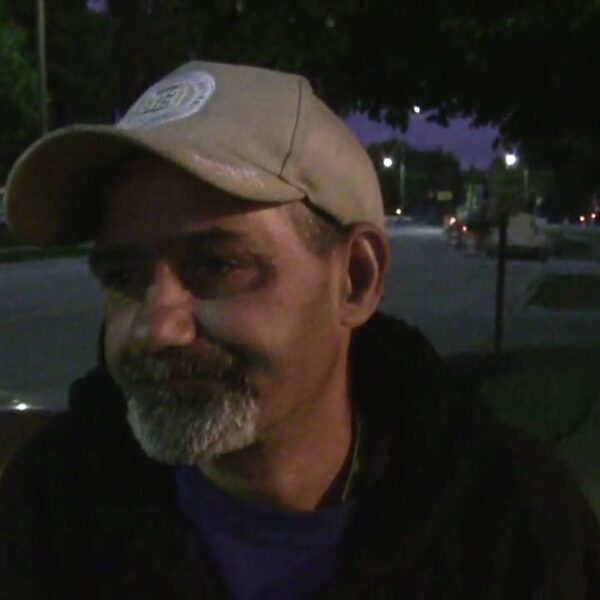Travelers are a subculture of homeless youth that are known for hopping trains. You’ve seen them hanging out in your city. They almost have a uniform wearing brown clothes and often have dogs. Most of the kids seem happy, and the hippie lifestyle looks attractive. Truth is, many of these kids are “throw away” often running from horrible family situations. They find community with each other, but as young adults, this lifestyle does not come with any professional or even social development. One youth leader once told me she was concerned because these kids don’t get the nutrition they need. As fun as the traveling lifestyle may look, I have often wondered how many of these kids end up as chronic homeless in their adult years. Matty is one.
Matty started traveling in his early 20s. He is now 34 years old and homeless in Detroit. Matty told me he survived the winter by sleeping on steam drains and panhandling.
Matty did some jail time. When he got out, there was no support. Because of parole violations, he kept getting caught and being brought back to Detroit. Matty now calls the streets of Detroit home.
Matty worked construction for a bit but the logistics of a full-time job while living on the streets is nearly impossible to manage.
Formerly incarcerated people face multiple barriers to securing housing (including public housing) and employment, which can lead to homelessness. And just by virtue of being homeless—by having to sleep on a bench or take shelter under a bridge—these people may then be targeted by the police. Thus starts an unrelenting cycle, through which people are tossed back and forth between jail and the street.
Matty just needed a chance. He made a bad decision. We all make bad decisions. When he got out of jail in his 20s, we should have been there to help him. As taxpayers, we pay huge money per homeless person per year. The real cost savings is preventing homelessness in the first place.
Formerly incarcerated people face multiple barriers to securing housing (including public housing) and employment, which can lead to homelessness. And just by virtue of being homeless—by having to sleep on a bench or take shelter under a bridge—these people may then be targeted by the police. Thus starts an unrelenting cycle, through which people are tossed back and forth between jail and the street.












